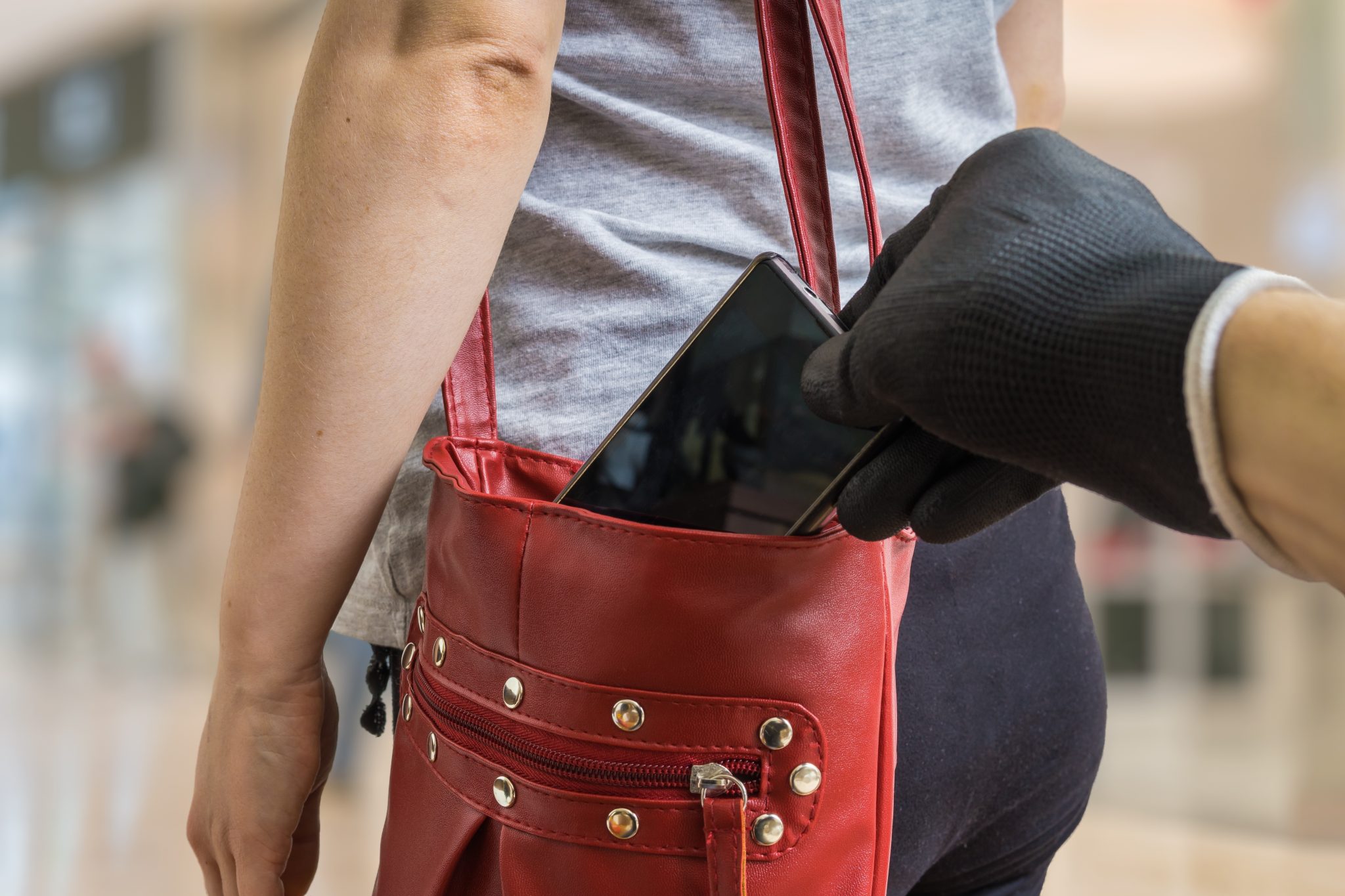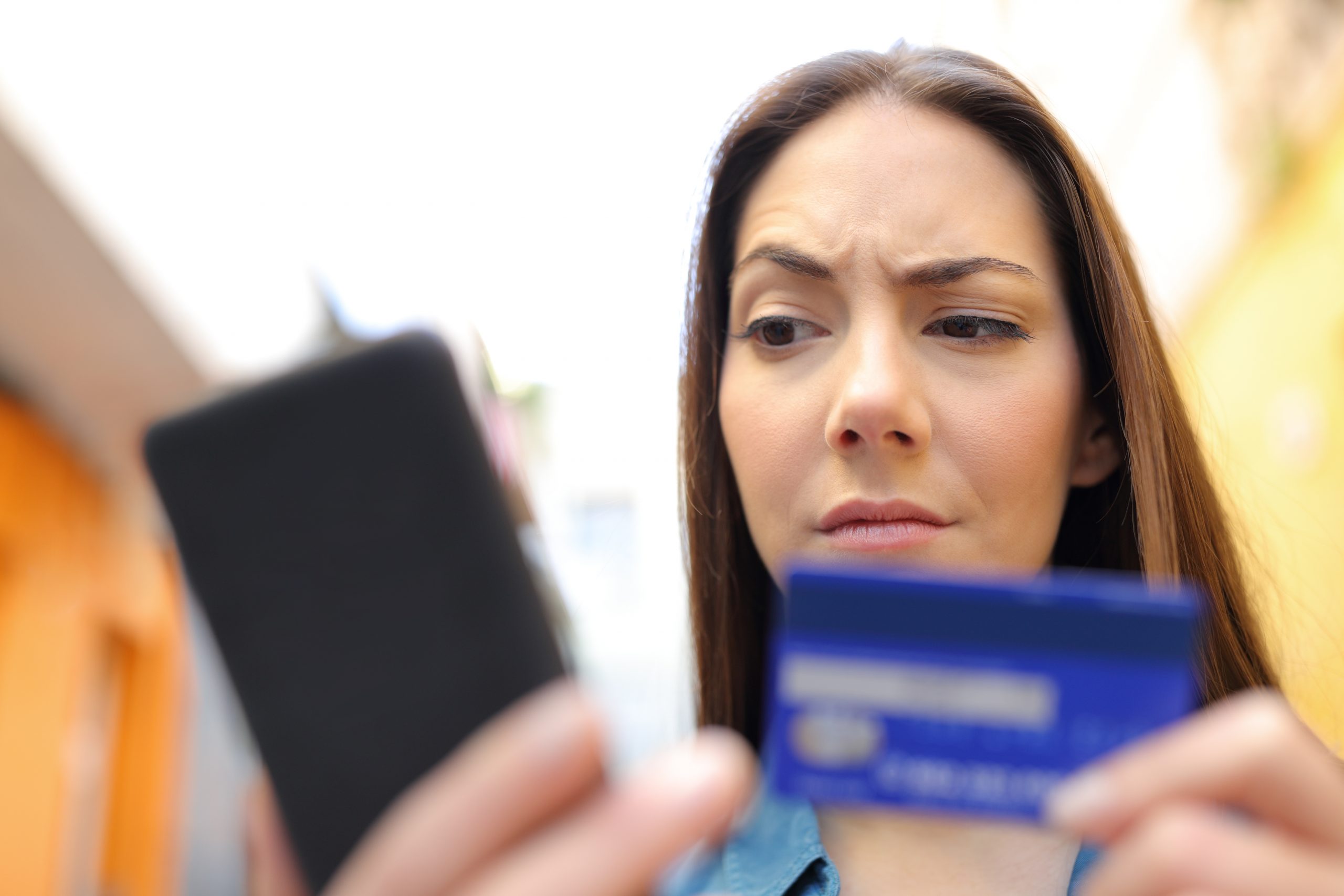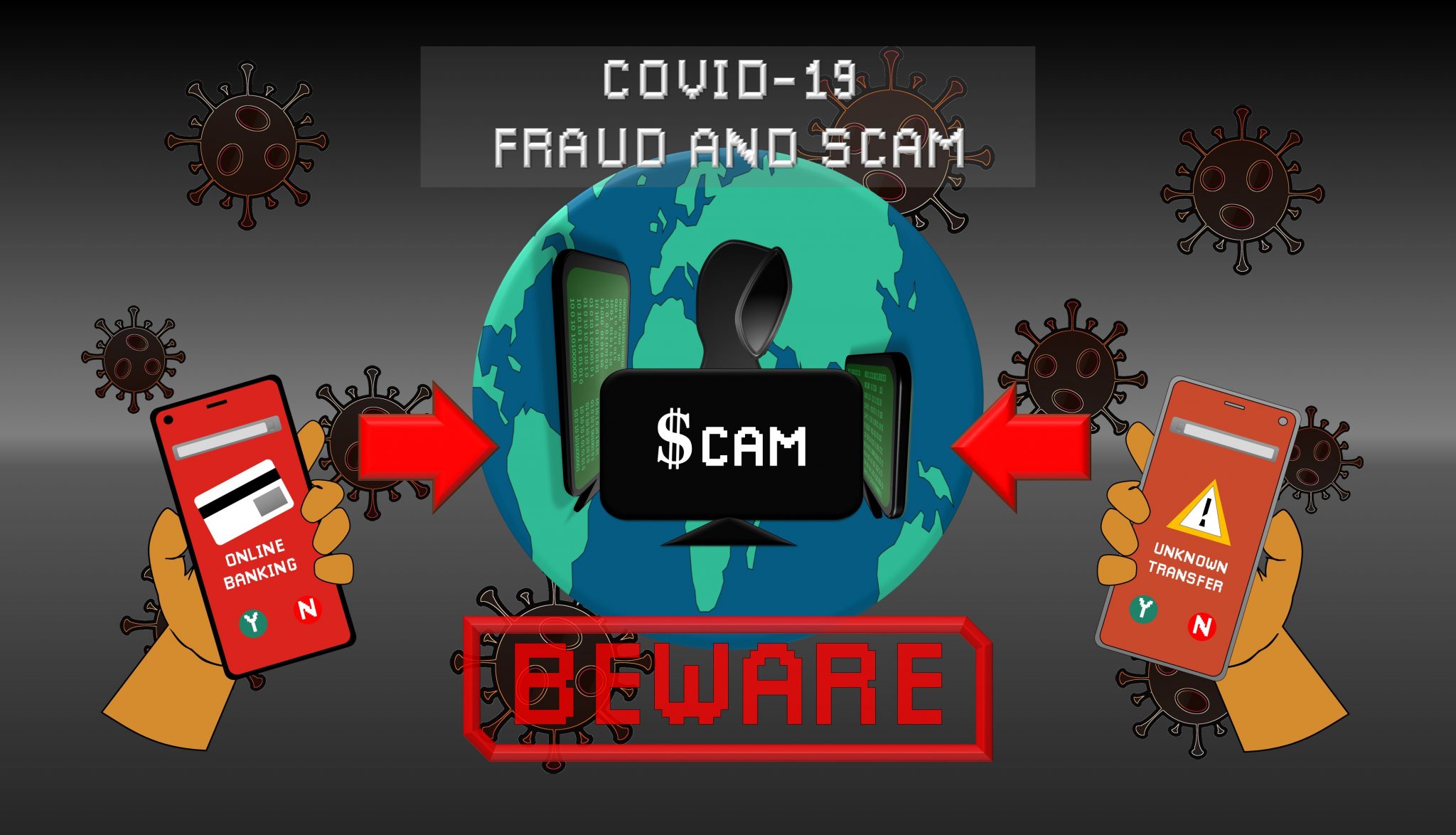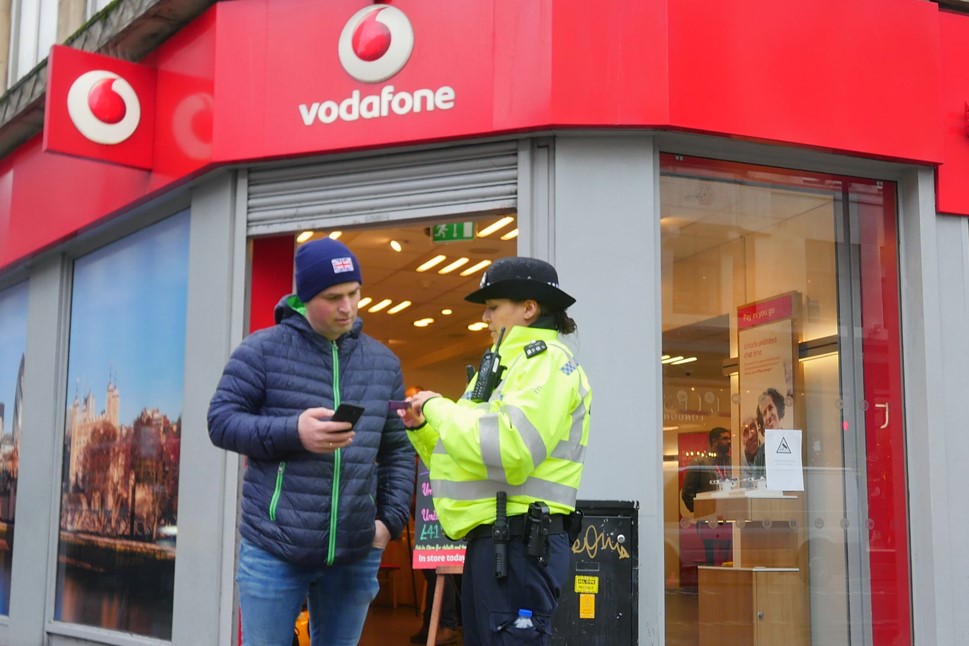ID fraud and scams can happen to anyone, but our straightforward advice can help you reduce your chances of becoming a victim.
Identity theft, when cybercriminals steal your personal information to impersonate you for financial gain, can seem both frightening and impossible to defend against.
But the steps needed to safeguard your personal data, and reduce your chances of being victimised, are actually very straightforward.
Here’s what you need to know.
Be wary of sudden and urgent requests
Legitimate organisations such as banks, retailers and government authorities (e.g. the Inland Revenue) will never contact you out-of-the-blue, asking you to confirm or divulge your personal details.
Any communications – emails, texts or calls – pressing you to give up your details on a deadline, due to an alleged emergency or some other event, should be viewed with extreme suspicion. These are commonly known as ‘phishing’ attacks.
If in doubt, hang up or close that app and get in touch with the organisation directly using details from their official website.
The same caution should be applied to sudden requests from friends and family. It’s increasingly common for cybercriminals to impersonate specific individuals, as we’re naturally primed to trust people we already know.
Beware COVID-19 ‘smishing’ text message scams
The UK mobile, banking and finance industries, along with the National Cyber Security Centre (NCSC), have joined forces to prevent fraudsters sending Covid-19-related scam text messages.
Don’t reuse passwords
Don’t use the same password, or small gaggle of passwords, for more than one account. If cybercriminals get into one of your accounts, they’ll try to use the same credentials on all your others. Limit any potential fallout by using hard-to-guess passwords unique to each account.
The easiest way to do this is by using a password manager. These encrypted databases not only securely store all your passwords, so you only have to remember just the one needed to unlock the manager, they can also suggest hard-to-crack passwords for you.
Free, basic password managers are built into recent versions of iOS/iPadOS and the Google Chrome web browser. Reputable paid-for options, such as 1Password and Dashlane, include more features which you may find useful.
Vodafone hammers Christmas fraudsters with anti-scam safety tech
The total number of scam texts fell dramatically in December 2021, thanks to enhanced security measures including a new SMS firewall.
Use 2FA to protect your accounts
Passwords shouldn’t be the only line of defence for your online accounts. Most will offer the option of two-factor authentication, also known as second-factor authentication or 2FA. This is when, after entering your password, you enter a code generated by something that only you should have access to, such as an authenticator app on your smartphone (such as Authy, Google Authenticator, or Microsoft Authenticator) or a dedicated keyfob.
Some accounts or services will send a 2FA code by text or email to your registered number or address, instead of through an app or keyfob, so it’s wise to make sure such registered details are up-to-date.
So, even if cybercriminals nab or guess your password, your accounts and data should still be safe.
Don’t overshare
Be careful about what you share in public, such as on social media. Seemingly innocent details, such as photos of your birthday party posted on the day itself or mentions of your mother’s maiden name while celebrating her anniversary, can provide cybercriminals with valuable information for bypassing the security questions on your accounts and gaining access to your data and money.
Alternatively, you can change your privacy settings on most social networks so that only certain people can see what you post.
How to stay safe online
Cybersecurity doesn’t have to be confusing or difficult if you follow these six straightforward tips.
Check if your data has been leaked
Finding out whether your personal data has been taken is easier than you think. Vodafone Secure Net now has 24/7 ID monitoring, alerting you if your email address, mobile number or credit card number turn up in the online marketplaces where cybercriminals sell stolen data.
You can manually check to see if your details have been compromised using the respected and widely consulted website HaveIBeenPwned, or sign up for its notifications.
Popular password managers will also do this for you and suggest new, harder-to-crack passwords. If you use the password manager built into iOS and iPadOS since version 15, it will also notify you if it thinks any of your passwords have been compromised.
Vodafone revamps its digital security offering to include 24/7 ID monitoring on Secure Net
A hassle-free, all-in-one mobile security solution with digital protection, advanced parental controls and new 24/7 ID monitoring, all for just £1 a month.
If the worst happens
It’s always a good idea to check bank and credit card statements regularly and if you see any transactions you don’t recognise, contact the service provider immediately. You could have been the victim of ID fraud.
Change passwords as soon as possible, particularly if you see a news story reporting a fresh data breach and the theft of customer data. And if you haven’t already, enable 2FA on your accounts (where it’s offered).
You can check if anyone is applying for financial services in your name by consulting your credit report from credit agencies such as Experian or Equifax (Experian calls its service CreditExpert).
You can also choose to apply for ‘protective registration’ from fraud information network Cifas.
The databases managed by this non-profit organisation are checked by companies and organisations across the UK. If you are marked with protective registration in its files, then this will be a flag for companies or organisations to double check your identity with you if anyone contacts them in your name. Protective registration costs £25 a year.
Stay up-to-date with the latest news from Vodafone by following us on Twitter and signing up for News Centre website notifications.








